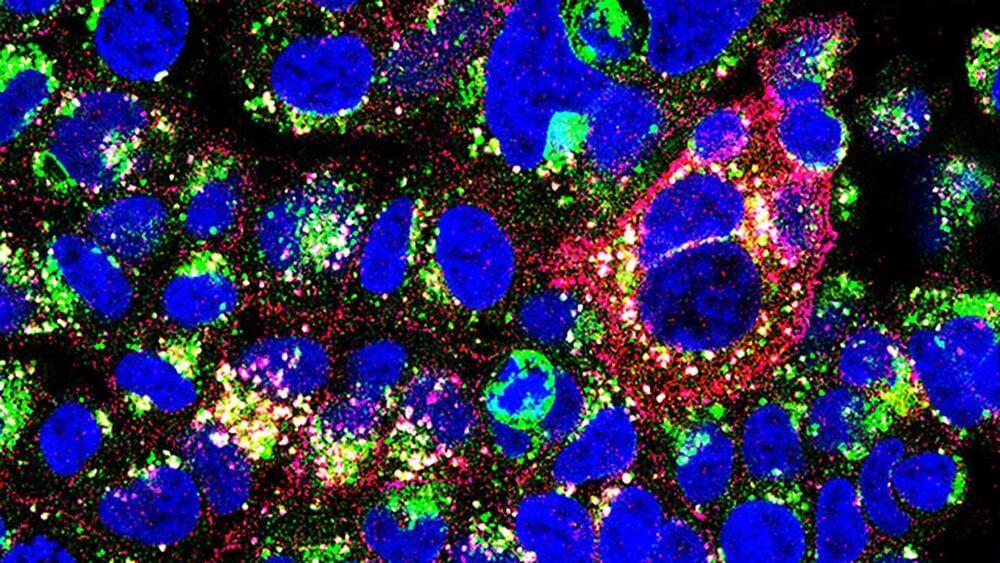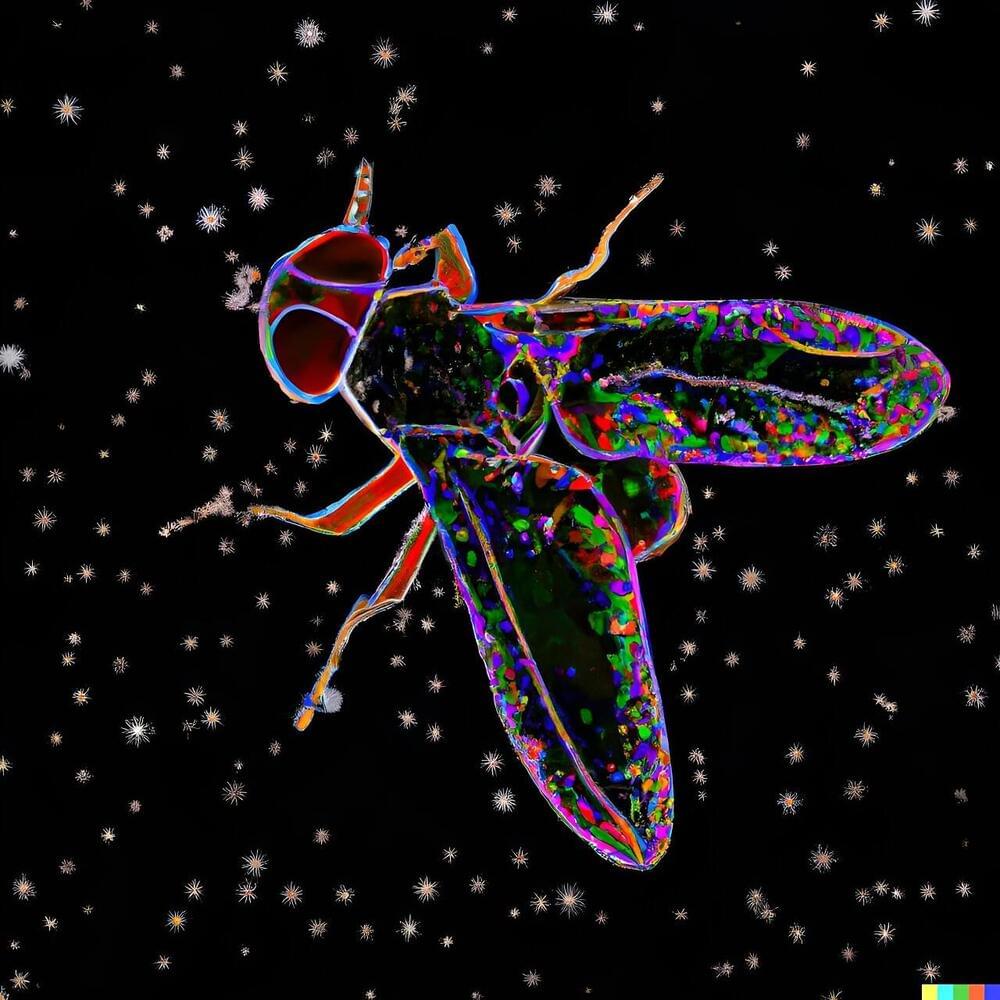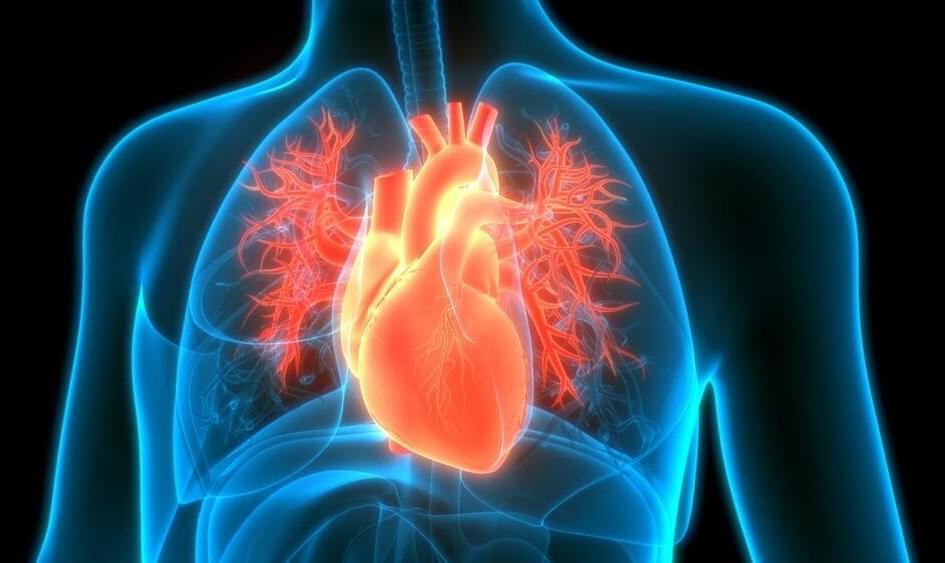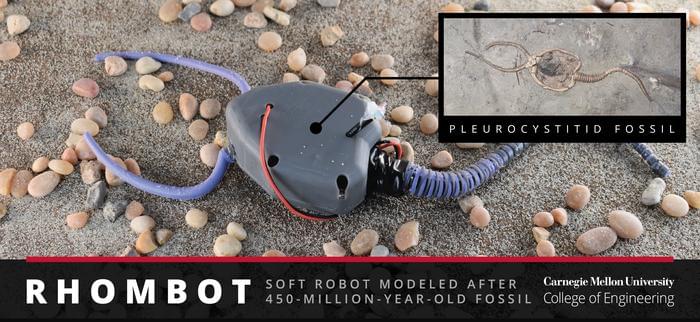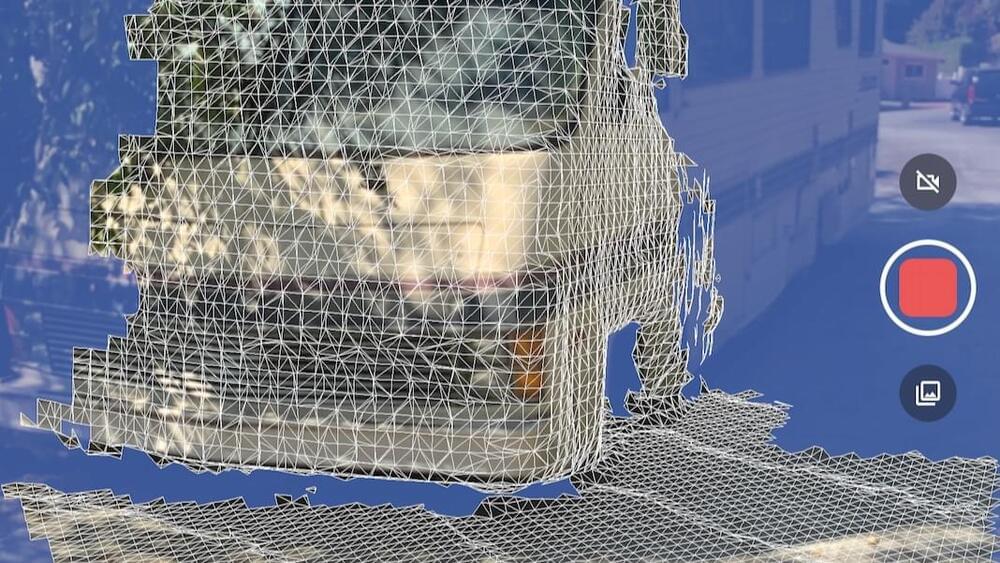In fact, the paper outlines that 80% of the helpers had a satellite nibbling on their “necks”. The ones that didn’t had satellite tendrils at the neck site, what we referred to as love bites earlier.
Satellite viruses usually have a gene that helps them assimilate effectively after entering their hosts, and not get killed off in the process. Surprisingly enough, in this instance, the satellite had no gene for integration. The scientists reckon that to thus remain safe, they must keep snuggled with their helper viruses every time they enter a host.
The study’s authors revealed that the satellite and helper have been co-evolving for a long time, and this unusual behaviour might’ve been a result of that process. It’s hard not to develop separation anxiety if you’ve been with someone for 100 million years, after all.

